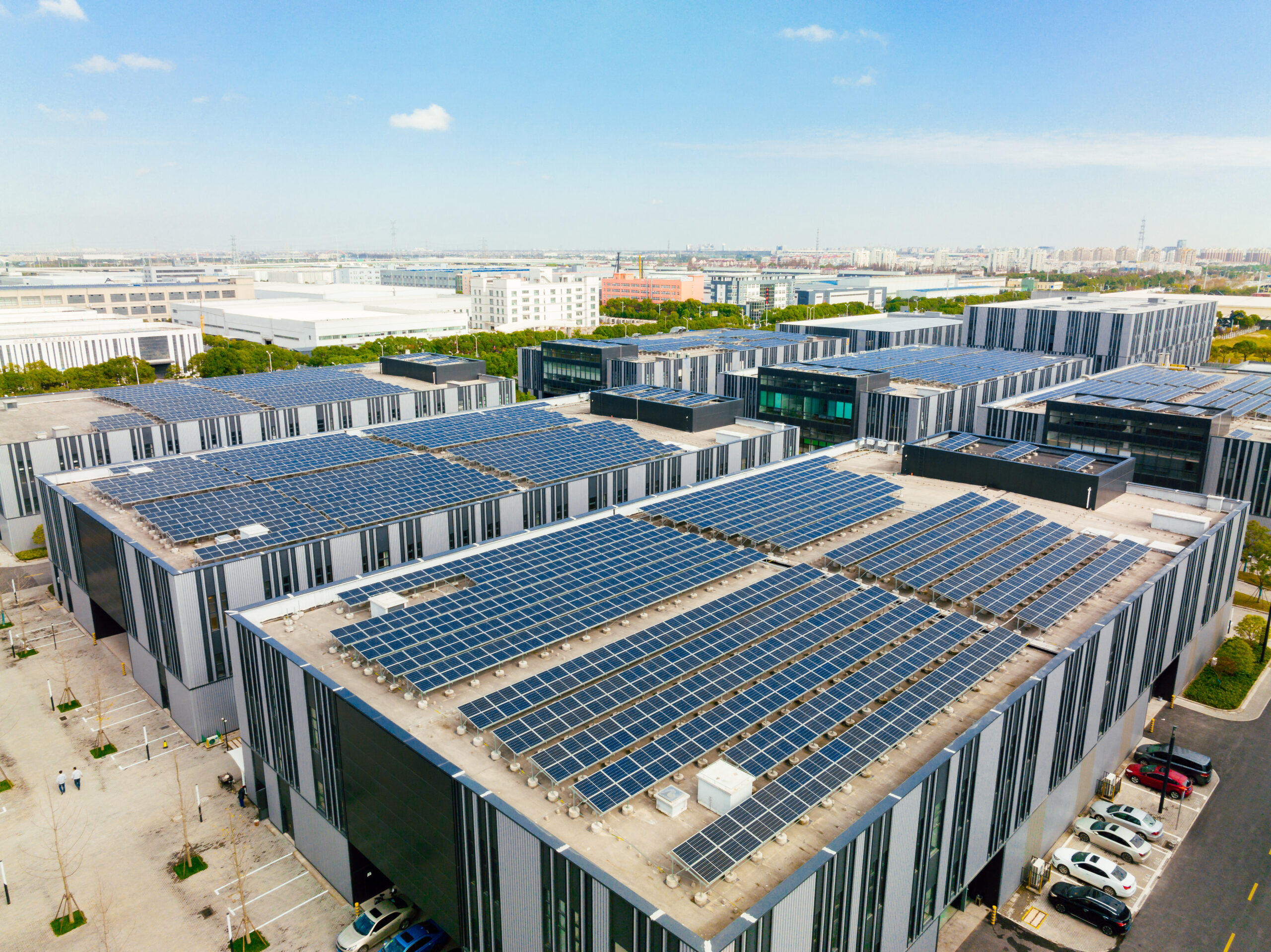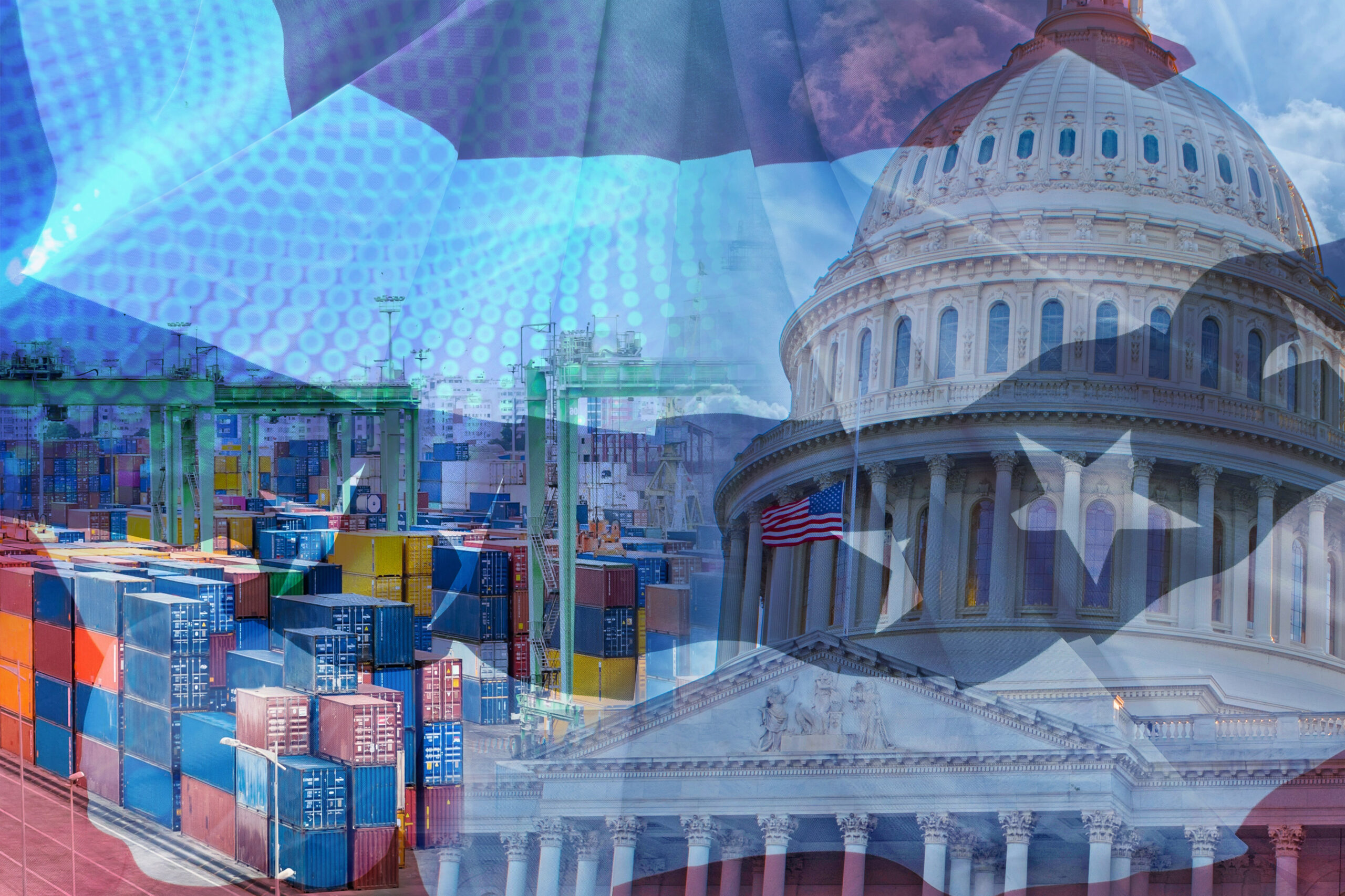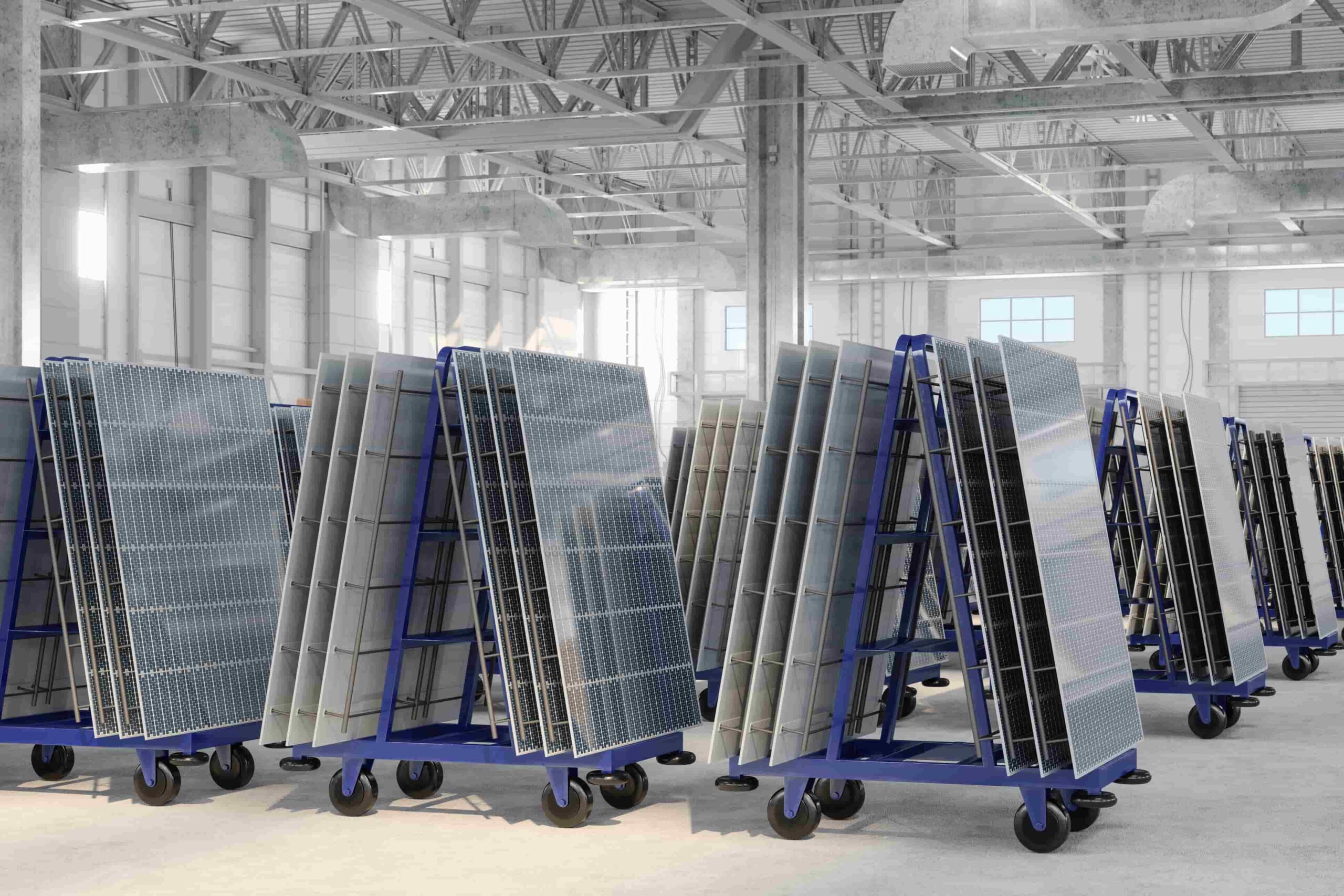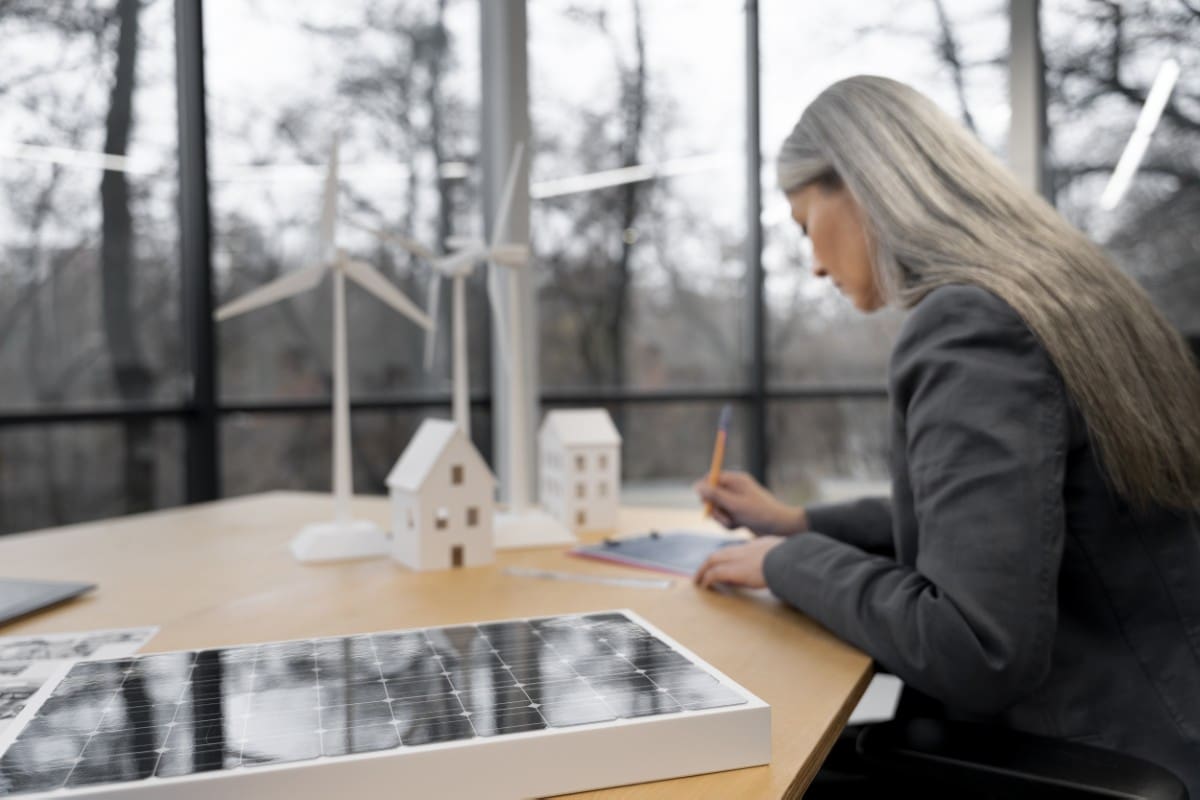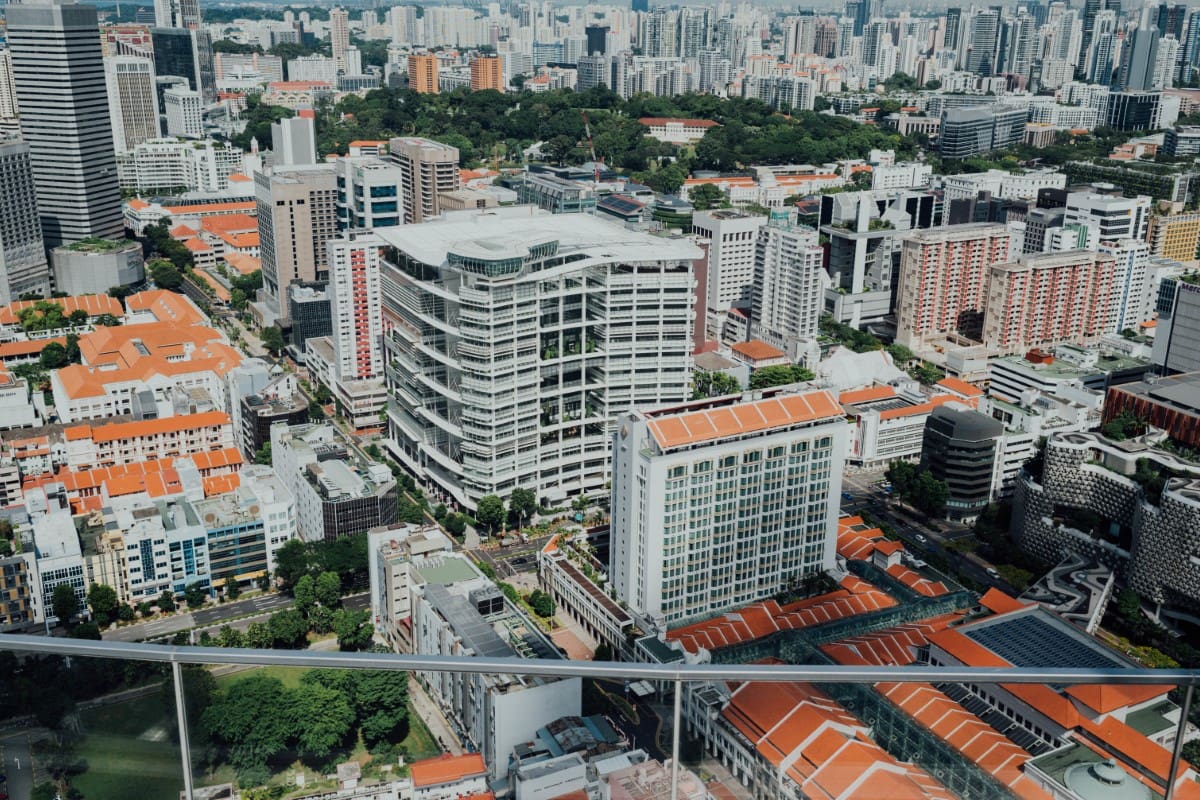Energy tax experts at Walker Blue collaborate with Energy Service Companies (ESCOs) to craft tailored programs that harness the power of the energy tax incentives. Our extensive experience in this field empowers ESCOs to gain a strategic advantage, enhance project ROI, and secure more business by seamlessly incorporating the energy tax incentives into their proposals.
Capturing Tax Benefits
ESCOs, or Energy Service Companies, are no exception when it comes to reaping the benefits of the energy tax incentives. If you’re an ESCO engaged in consulting and designing energy-efficient systems for government-owned and tax-exempt buildings (defined as those owned by federal, state, local governments, or tax-exempt entities), you can harness energy incentives to your advantage. Not only can you use it to sharpen your competitive edge when responding to RFPs by reducing your proposals, but you can also employ the tax deduction to optimize your financial bottom line, ensuring a more profitable year for your business.
ESCOs can take advantage of bonus credits—up to 40%—under the Investment Tax Credit by helping clients meet Prevailing Wage & Apprenticeship and Domestic Content requirements. These added incentives increase project value, improve ROI, and show a strong alignment with federal labor and sourcing priorities.
Our team is ready to partner with you to secure these tax deductions and bonus credit certifications. Additionally, we are able to help your public and non-profit clients secure their Investment Tax Credits through the direct pay provision.
Previously, governmental entities and non-profit organizations could not directly benefit from tax credits generated from the ownership or operations of renewable energy facilities. The Inflation Reduction Act (IRA) established a mechanism for these types of entities to directly receive energy tax credits in the form of an elective payment—often referred to as direct pay.
An eligible entity that qualifies for a clean-energy tax credit, like a non-profit church, public university, or local government agency can notify the IRS that they intend to claim the credit and file an annual tax return to claim direct pay for the credit’s full value. The IRS would then pay the value of the credit to that entity. The IRA has transformed the tax credit landscape by offering these direct payments to public and non-profit building owners through a cash refund from the IRS.
One Big Beautiful Bill Act (OBBBA) Change: The eligibility window has been shortened.
Solar and wind projects that begin construction before July 4, 2026, are protected under current ITC rules. Projects starting after that date are subject to phase-out schedules. Energy storage, geothermal, and other technologies continue to quanlify, but all must now meet souring requirements and avoid foreign entity involvement.
ESCOs and design-build contractors are allowed a 179D tax deduction of up to $5.00 (plus inflation adjustments) per square foot of building space in buildings owned by public and non-profit entities. These entities can allocate the 179D tax deduction to the designer of the energy efficient system. Essentially the design firm takes the tax deduction in lieu of the government or non-profit owner, who does not pay taxes. This could provide significant tax benefits to an ESCO who has these clients owning “green” building projects, including public and private universities, public and private k-12 schools, airports, courthouses, churches, and other publicly-owned buildings.
Because the 179D deduction is a permanent part of the tax code, this deduction applies to qualifying projects placed in service since Jan. 1, 2006. Projects completed in these prior years may qualify designers for tax refunds by amending up to three years of past tax returns. Before a designer may claim the 179D tax deduction, with respect to property installed on or in a building owned by a non-tax-paying entity, the designer must obtain the written allocation from the “authorized representative” of the building owner. In cases where there is more than one designer, the owner may either allocate the deduction to the primary designer, or, at the owner’s discretion, allocate the deduction amongst all of the designers.
Designers under the Section 179D guidelines include an “architect, engineer, contractor, environmental consultant, or energy services provider who creates the technical specifications for a new building or an addition to an existing building that incorporates energy efficient commercial building property.” This definition does not include someone that merely installs, repairs, or maintains the property. Under this definition, ESCOs generally qualify as a designer.
Federal agencies that have established policy regarding the allocation of the 179D deduction include the Department of Defense and the General Services Administration. These policies guide project managers in understanding to whom the deduction should be allocated and the standard approach in allocating the deduction. Some state agencies also have established state-wide policy regarding this allocation, including North Carolina and Texas.
One Big Beautiful Bill Act (OBBBA) Change: The eligibility window has been shortened.
The 179D deduction is available for projects that begin construction by June 30, 2026. Tax-exempt building owners can allocate the benefit to eligible designers. For design teams and ESCOs, this is a time-sensitive opportunity. Even if your firm has low current tax liability, capturing and carrying forward this deduction can preserve long-term value.
We provide the following services to Energy Service Companies:
- Section 179D Certifications
- Section 45L (Energy Star) Certifications
- Investment Tax Credit (ITC) Certifications for energy property such as:
- Solar
- Geothermal
- Battery Storage
- Electric Vehicles (EV) Chargers
- Combined Heat & Power (CHP) Plants
- All other Section 48 property
- Prevailing Wage & Apprenticeship (PWA)
- Long Term PWA Tracking for 5 & 10 year maintenance on ITC and PTC.
- Davis Bacon/ State Tracking and Certifications
- Domestic Content Certifications
Why Choose Walker Blue?
In-house Team
Accuracy & Efficiency
Collaborative Partnerships
Client-Centered Approach


